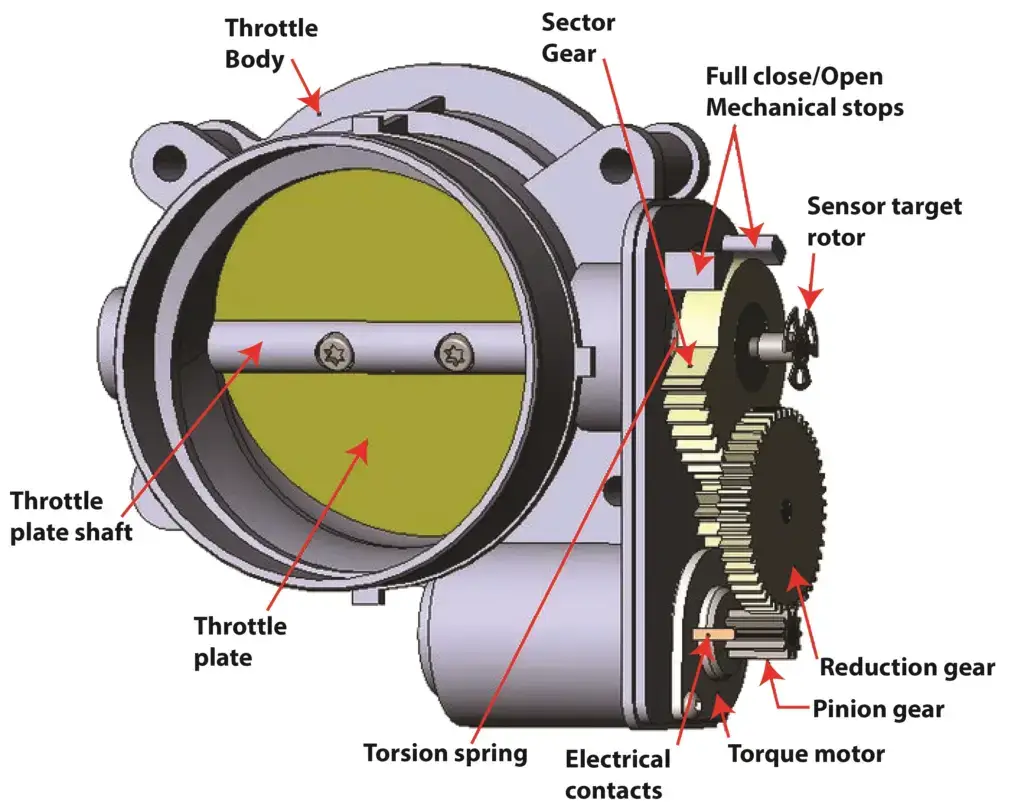What is Keep Alive Memory? How the PCM loses adaptive memory
The Role of Keep Alive Memory in Your Car’s Computers
Your engine and transmission are controlled by computers and software. The software is designed to monitor how you drive and how the engine and transmission perform. When needed, the computers modify the factory programming to maintain optimal performance. They store those modifications in Keep Alive Memory (KAM), also known as adaptive memory. In other words, the computers in your car are self-learning and constantly updating their memory banks.
Unfortunately, when the computers lose their power, they also lose their memory
Keep alive memory is volatile memory, so it needs constant power to maintain the data. Any time you disconnect the battery or remove the fuses that power the Powertrain Control Module (PCM) or Transmission Control Module (TCM), they can lose their adaptive memory. That means they lose the settings and data listed here:
• Baseline throttle body position
• Stored trouble codes
• Short and long-term fuel trim settings
• Ethanol content (for Flexible Fuel Vehicles)
• Shift points and clutch pressures
On a restart, the modules revert to factory programming. In some cases, that can result in a no-start condition or a start with a rough idle. The vehicle may also shift differently. The modules will relearn the optimal settings, but it takes approximately 10 cold-start drives for that to occur.
How to prevent the loss of keep alive memory
To prevent the loss of keep alive memory and eliminate the relearning process, many shops supply backup power any time they disconnect the battery or work on fuses. See this article on how to provide backup power when replacing your car battery.
What are the most common problems associated with a loss of keep alive memory?
Losing the baseline throttle body position is the most common problem DIYers run across when disconnecting the battery or fuses to the computers. That’s because most throttle bodies develop layers of carbon buildup and that buildup changes how much air passes by the throttle plate when it’s in its baseline idle position. The vehicle computers adapt to the buildup and set a new baseline position. But that information is lost the instant you disconnect the battery. In other words, the throttle body loses its “home” position, causing a no-start or rough idle when you connect the new battery.
So you have to perform a throttle body relearn
Each carmaker has its own throttle body relearning procedure

All electronic throttle bodies require a relearn procedure after changing or disconnecting the car battery
to teach the computer a new baseline position.In some cases, the procedure can be as simple as turning the key to the run position for 3 seconds before cranking the engine. For others, the procedure requires you to let the engine idle until the radiator fans come on. To find the throttle body relearn procedure for your engine, refer to a shop manual or search the internet.
©, 2024 Rick Muscoplat
Posted on by Rick Muscoplat
